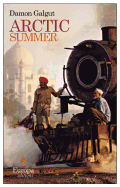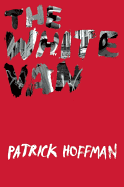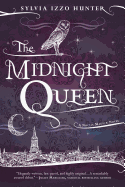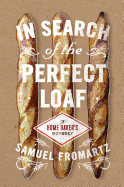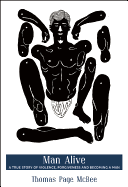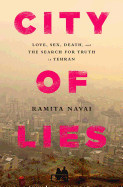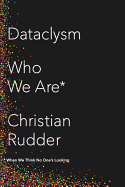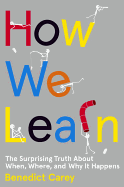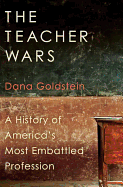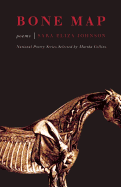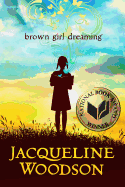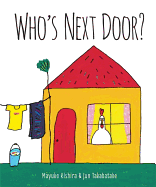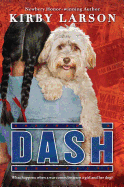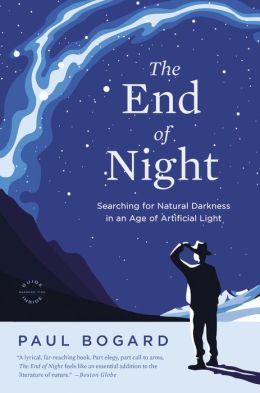 My husband and I just moved to downtown Seattle, and while we can see fabulous sunsets and the moon setting, we have lost the stars. No surprise to Paul Bogard, author of The End of Night: Searching for Natural Darkness in an Age of Artificial Light (now in paperback from Back Bay Books), who notes that that three-quarters of Americans' eyes never switch to night vision and most of us no longer experience true darkness.
My husband and I just moved to downtown Seattle, and while we can see fabulous sunsets and the moon setting, we have lost the stars. No surprise to Paul Bogard, author of The End of Night: Searching for Natural Darkness in an Age of Artificial Light (now in paperback from Back Bay Books), who notes that that three-quarters of Americans' eyes never switch to night vision and most of us no longer experience true darkness.
I asked him what that means for our health. "It's a big deal for our health--physical, psychological, and even spiritual," he replied. "Think of it this way--life on earth evolved with bright days and dark nights, and we need both for optimal health. We have not had any time to evolve to be used to all this artificial light at night. Scientists are just beginning to understand how light at night affects us physically--disrupting our sleep and contributing to sleep disorders; confusing our circadian rhythms; and impeding the production of the hormone melatonin. As a result, the World Health Organization now considers working the night shift a possible carcinogen. And just think of the psychological and spiritual cost of losing what has been since the beginning of time one of the most common human experiences: walking out the door and coming face to face with the universe. That's a lot of what I do in The End of Night--just get myself out into the night under an amazing sky with various characters and talk about how important it is."
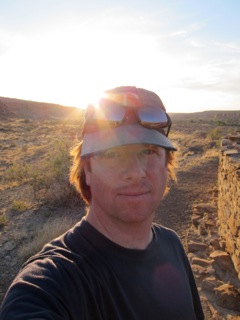 |
| Paul Bogard |
Many groups have been lobbying communities to cut down on light to protect birds and turtle migration to the sea; some places, like the Puerto Rican island of Vieques, make such an effort not only to protect habitat, but to protect ecotourism. Bogard says that attempts are being made all over the world to reduce light pollution. "The International Dark-Sky Association has been working for more than 20 years on this, and their 'dark-sky' designations are a way for communities to get recognition for the work they've done to protect their dark skies. The U.S. National Park Service now has a 'night sky team' that measures the level of darkness in all the park areas, and the NPS considers darkness one of the resources it is sworn to protect. And now cities are realizing that they can save money by turning down or even turning off some of their streetlights at night. So a lot of good things are happening, and people can get involved pretty quickly wherever they live, because light pollution is everywhere. It's a problem that is readily in our grasp to control."
One city that making a concerted effort to calibrate nighttime light is Paris. Is that to make the city even lovelier, or are there additional reasons?
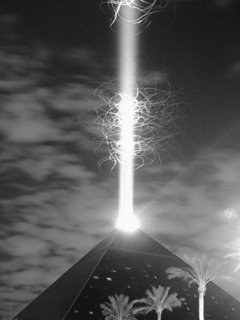 |
|
A long exposure shows birds and bats hunting moths and insects amid the Luxor Casino's beam in Las Vegas. (photo: Tracy Byrnes)
|
"It's done for both beauty and energy conservation," Bogards explained. "Paris is unique because the city is very consciously trying to create a nighttime atmosphere that people have come to expect, that of a beautiful, romantic 'city of light.' But they have realized that in order to do that, they can't just have bright lights blasting everywhere--a beautiful nocturnal atmosphere comes from using light (and darkness) thoughtfully and responsibly. The new lighting plan for the city calls for all the beautiful lighting that tourists have come to expect, but it also calls for energy costs be cut by 30%. So they are challenging themselves. I wish more cities, especially in the U.S., would follow their lead and realize that 'well lit' doesn't just mean super bright, but rather carefully and subtly lit. The night is a beautiful time and place in our lives, something to be savored and enjoyed. That's what I try to show in the book when I'm wandering the streets with the guy who's in charge of lighting Paris. It was a great experience!" --Marilyn Dahl, editor, Shelf Awareness for Readers
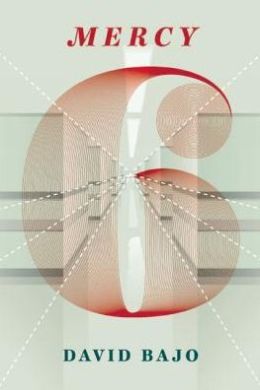



 My husband and I just moved to downtown Seattle, and while we can see fabulous sunsets and the moon setting, we have lost the stars. No surprise to Paul Bogard, author of
My husband and I just moved to downtown Seattle, and while we can see fabulous sunsets and the moon setting, we have lost the stars. No surprise to Paul Bogard, author of 

